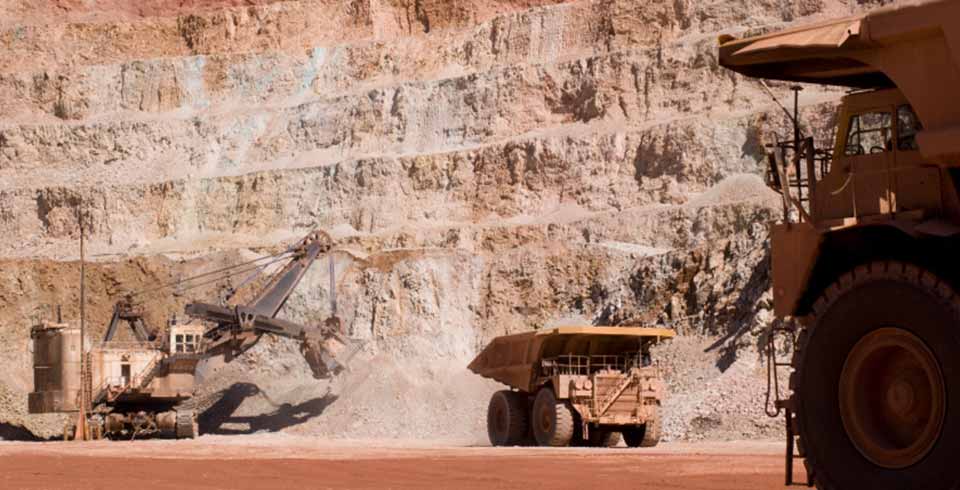
In the world of mining operations, the importance of wires, fasteners, and lighting cannot be emphasized enough. These three integral components are pivotal in guaranteeing safety, productivity, and efficiency within the mining industry. In this all-encompassing article, we will delve deep into the types of wires, fasteners, and lighting that are essential for mining operations, shedding light on their functions and significance. By gaining a comprehensive understanding of their importance, mining professionals can make well-informed decisions to optimize their operations.
Wires
In the mining sector, we cannot overstate the role of wires. Primarily, we use wires to convey electrical power to various equipment and areas within the mine. Given the harsh environment of mining sites, these wires must be robust and resistant to abrasion, extreme temperatures, and corrosion. Mining-grade wires often have a high strand count for flexibility and are insulated to withstand demanding conditions. Some key types of wires commonly used include:
High-Voltage Cables: These cables are designed to transmit electricity over long distances and handle high voltages required for powering heavy machinery and equipment.
Trailing Cables: Trailing cables provide a flexible power connection between mobile mining equipment, such as excavators or haul trucks, and the power source. They must be durable, capable of withstanding harsh environmental conditions, and resistant to abrasion, and mechanical stress.
Control Cables: Control cables enable the transmission of signals and data between control panels, sensors, and automated systems. They are crucial for operating and monitoring mining equipment with precision and accuracy.
Communication Cables: These cables facilitate reliable communication and data transmission for mining operations, connecting various devices and systems, including radio communication, data networks, and surveillance systems.
Custom Wire and Cable: Some jobs require custom wire and cable to be made to ensure the safety and efficiency of the operation. In these instances, custom wires and cables can be made to meet the specific needs of the project and industry.
Fasteners
Fasteners, though small and seemingly insignificant, are pivotal to mining operations. They hold together the infrastructure of the mining site, from the large mining equipment to the structural elements of the mine itself. Given the intense physical demands and constant vibrations in a mining environment, these fasteners must be durable and high-quality. They often come in various types, including bolts, screws, and rivets, each designed for a specific application and load-bearing requirement. Some commonly used fasteners in mining operations include:
Bolts: Bolts, including high-strength bolts and anchor bolts, are essential for securing heavy machinery, structural components, and support systems in mining operations. They provide stability, withstand extreme loads, and prevent structural failures.
Nuts and Washers:In conjunction with bolts, we use nuts and washers to ensure secure fastening, distribute the load evenly, and reduce the risk of loosening due to vibrations and constant movement.
Clamps: We employ clamps to secure and organize wiring and hoses, preventing damage, tangling, or interference with moving equipment parts. They ensure efficient cable management and minimize the risk of accidents or equipment downtime caused by loose wires.
Lighting
Lighting is essential in mining operations, ensuring safety, and increasing productivity. The nature of mining often necessitates conducting much of the work in low light or even complete darkness. Therefore, proper lighting solutions are critical to illuminate work areas, enhance visibility, and mitigate risks associated with poor lighting conditions. Mining operations often employ a variety of lighting solutions, including LED lights for their energy efficiency and long lifespan, and explosion-proof lights for areas with a high risk of gas or dust explosions. Different types of lighting fixtures serve specific purposes:
Task Lighting: Task lighting, such as LED work lights or spotlights, provides focused illumination for detailed tasks, ensuring miners can work with precision, accuracy, and enhanced safety.
Area Lighting: Area lighting, including high-intensity floodlights or overhead lighting, illuminates large spaces and work areas. These are important for reducing the risk of accidents, enhancing visibility, and boosting overall productivity.
Emergency Lighting: Emergency lighting includes backup lighting systems or exit signs. These systems ensures visibility during power outages or emergency situations, enabling safe evacuation and minimizing risks.
Conclusion
In conclusion, wires, fasteners, and lighting are integral components that contribute to the safety, efficiency, and productivity of the industry. Wires power the machinery, control systems, and communication networks, while fasteners secure the structural integrity of mining equipment and infrastructure. Proper lighting ensures visibility, safety, and optimal working conditions for miners. By recognizing the importance of these elements and selecting suitable solutions, mining professionals can enhance their operations and create a safer and more productive mining environment.

